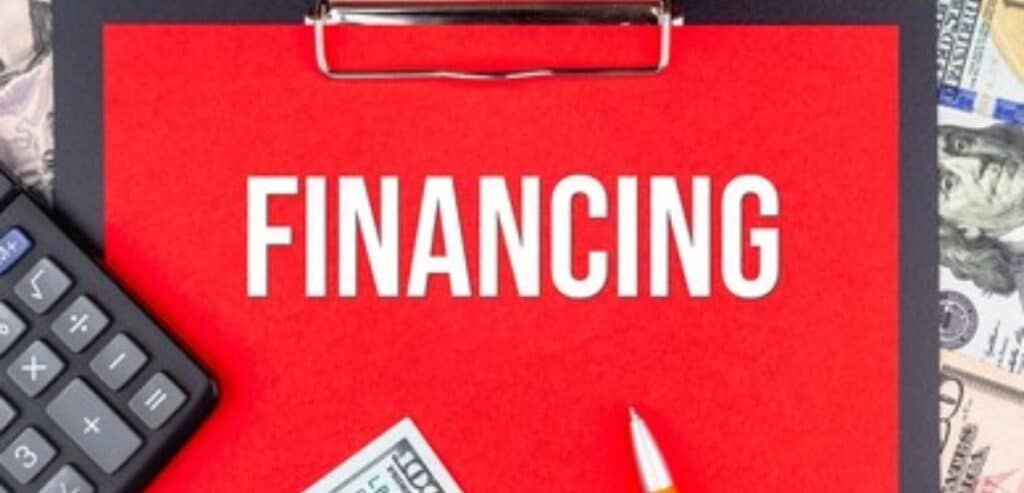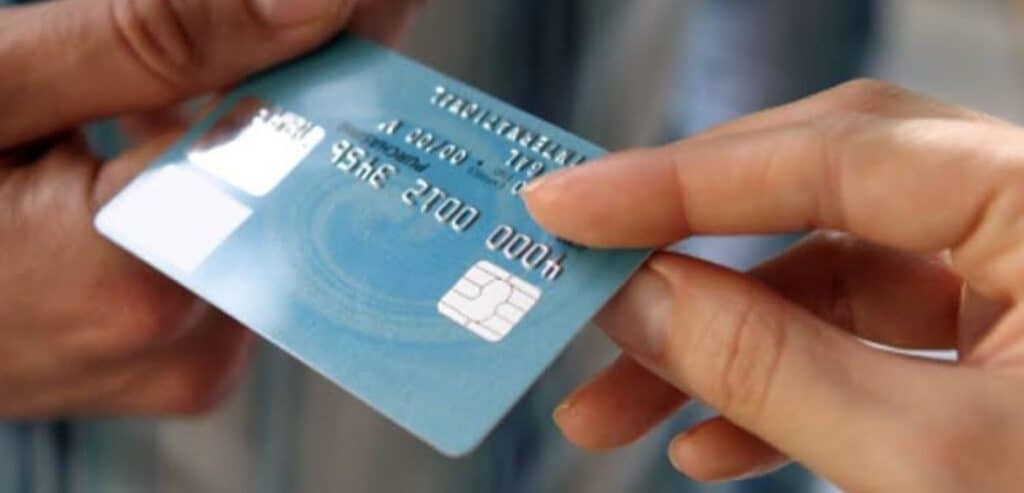
By Amy Gilbert May 29, 2025
Cosmetic dentistry has developed into a potent component of contemporary dental care, used not only to improve smiles but also to boost self-esteem and social presence. Cosmetic dentistry procedures, such as porcelain veneers, teeth whitening, and complete smile makeovers, are becoming more and more popular. But these life-changing procedures come with a hefty price tag.
Patients must look into alternate payment options because many cosmetic dentistry procedures are not covered by insurance plans. Therefore, it becomes essential for both patients and dental practice providers to comprehend the variety of patient payment options that are available. More patients will have access to high-quality cosmetic dentistry without having to worry about large upfront costs if the proper financial pathways are in place.
A growing emphasis on appearance and self-care in society is a major factor driving the increase in demand for cosmetic procedures. From young professionals to senior citizens, people of all ages are looking for ways to make their teeth look better. Cosmetic procedures like bonding, veneers, laser gum contouring, and Invisalign typically fall outside the purview of standard dental insurance plans, even though many general dental treatments are partially covered by insurance.
Since these procedures are frequently classified as elective or non-essential, the patient is solely responsible for paying for them. Understanding the accessible and adaptable payment options that can help patients afford these services is therefore crucial.
Options for Third-Party Financing in Cosmetic Dentistry

Third-party financing is one of the most widely used methods of paying for cosmetic dentistry. Numerous dental offices collaborate with lenders that specialize in healthcare, including Proceed Finance, LendingClub, and CareCredit. These businesses provide specific credit lines or loans that let customers pay for cosmetic dentistry procedures up front and pay them back over time, frequently with little to no interest.
The simplicity and flexibility of these financing options make them attractive. Patients can apply online or in person at the clinic, receive approval fast, and begin treatment immediately. It creates a win-win situation where the patient gets timely care and the practice makes a consistent profit.
In-House Payment Plans and Credit Card Use

Dental offices usually provide in-house payment plans in addition to third-party financing. Although they vary widely amongst providers, these plans usually entail dividing the entire cost into manageable monthly payments spread out over a predetermined period of time. The more customized structure of in-house plans sets them apart. Depending on patient history, clinics may modify payment terms or permit more lenient credit checks.
Patients are frequently encouraged to return for routine dental care or follow-up procedures because it builds trust and enduring relationships between the patient and the provider. However, the primary obstacle to in-house payment plans is the risk that the dental office bears in the event of defaults or late payments, which is why not all clinics offer them.
However, the drawbacks include high interest rates following promotional periods and the possibility of debt accumulation if not properly managed. Although credit cards are convenient and provide immediate funding, they are most appropriate for people with steady incomes and sound financial habits.
HSAs, FSAs, and Membership Plans
Subscription-based dental membership plans are now available at some dental offices and chains of cosmetic dentists. With these plans, patients pay a monthly or yearly fee in return for regular cleanings, discounted cosmetic procedures, and sporadic benefits like teeth whitening. These programs offer financial predictability, which lowers the barrier to entry even though they do not completely eliminate the cost.
Since it promotes regular visits and long-term improvements in oral health, this method works particularly well for patients who are interested in long-term cosmetic care and maintenance.Certain cosmetic dentistry procedures can also be partially funded by flexible spending accounts (FSAs) and health savings accounts (HSAs).
With the help of these tax-advantaged financial tools, people can set aside pre-tax income for approved dental and medical costs. Under IRS regulations, not all cosmetic procedures are eligible.
However, treatments that have medical justifications, like fixing bites or structural problems, might qualify. To find out which procedures can be covered by HAS or FSA funds, patients should speak with their dentist and financial advisor. Higher-end treatments can be made possible while the out-of-pocket cost is greatly decreased by incorporating these tools into a payment plan.
P2P lending, employer benefits, and layaway plans
Another option that is steadily gaining popularity is dental layaway plans. Similar to conventional retail layaway programs, these plans allow patients to make incremental payments before the procedure. Once the entire amount has been paid, the treatment is scheduled. Although it may delay the onset of treatment, this model is an excellent alternative for patients who are not eligible for credit or loans.
It promotes debt-free dental care by removing interest and allowing consumers to budget gradually toward their ideal smile makeover. Employers are stepping up their efforts to provide benefits related to cosmetic dentistry through optional benefit plans. These optional, employee-funded benefits cover elective procedures that are generally not covered by group insurance plans.
Peer-to-peer lending is another digital age innovation that is affecting how patients pay for cosmetic dentistry. Through websites like Upstart or Prosper, consumers can obtain loans directly from investors rather than via conventional banks. These unsecured loans often have competitive interest rates, especially for borrowers with good credit.
The patient can spend the money however they like, including on cosmetic dentistry, after it is directly deposited into their account. Peer-to-peer lending is still a relatively new phenomenon, but it offers a useful avenue for those seeking collateral-free, non-traditional financing options.
Other Paths: Dental Travel and Budgeting Resources

Additionally, dental tourism is a new but growingly popular method of reducing the cost of cosmetic dentistry. Patients from the United States and Canada often travel to countries such as Mexico, Costa Rica, or Thailand, where cosmetic dentistry procedures are significantly less expensive, even after deducting travel and lodging expenses. These places usually have dentists with advanced training in the US or Europe and clinics with state-of-the-art equipment.
Changing Dental Patients Financial Expectations
Dental patients today are more tech-savvy and financially conscious than ever. Long before they enter a clinic, they investigate their options, evaluate affordability, and compare providers. Patients now expect payment flexibility as a standard offering—not an exception—due to growing healthcare costs and limited insurance coverage for cosmetic procedures.
This change places more responsibility on cosmetic dentistry practices to provide transparent, individualized payment experiences in addition to superior clinical outcomes. From essential payment processing features to digital financing tools, practices that meet this expectation stand to gain the trust and enduring loyalty of their patients through financing partnerships, digital payment portals, and transparent upfront estimates.
Looking Ahead: The Finance of Cosmetic Dentistry in the Future

Given the variety of payment options available, it is critical that patients and dental practices fully comprehend and assess the best options. Dental offices need to be proactive in providing flexible financing options and upholding clear pricing policies. Equally crucial is patient education, which helps allay financial worries that might otherwise deter people from seeking cosmetic dentistry procedures.
The decision-making process can be made more approachable and less daunting by using digital tools like cost estimators, online payment calculators, and virtual consultations, which can greatly help to clarify costs and scheduling. Patients from all socioeconomic backgrounds can now afford cosmetic dentistry thanks to a forward-thinking approach and a variety of financing options, including medical loans, monthly subscription-based services, and in-house payment plans.
As the future of dental payments continues to evolve, cosmetic dental care is poised to become more mainstream and widely accepted. Clinics that embrace inclusive financing will not only experience higher case acceptance rates and patient satisfaction but also gain a competitive advantage in the ever-expanding field of aesthetic dentistry.
Conclusion
Cosmetic dentistry has transitioned from a luxury to a realistic, attainable goal for many, thanks to the evolution of payment options. Flexible financing is obviously not just a convenience but also a requirement for contemporary dental practices, as evidenced by the growing demand. Clinics can make these life-altering procedures accessible to a larger population by providing a variety of options, ranging from in-house plans and third-party financing to cutting-edge solutions like dental tourism and peer-to-peer lending.
As a result, patients can now pursue dental aesthetics without experiencing severe financial strain. Future financing options will be even more transparent and customizable as awareness and technology advance. In the end, this results in a win-win situation: happier patients, healthier smiles, and prosperous dental practices built on trust and accessibility.